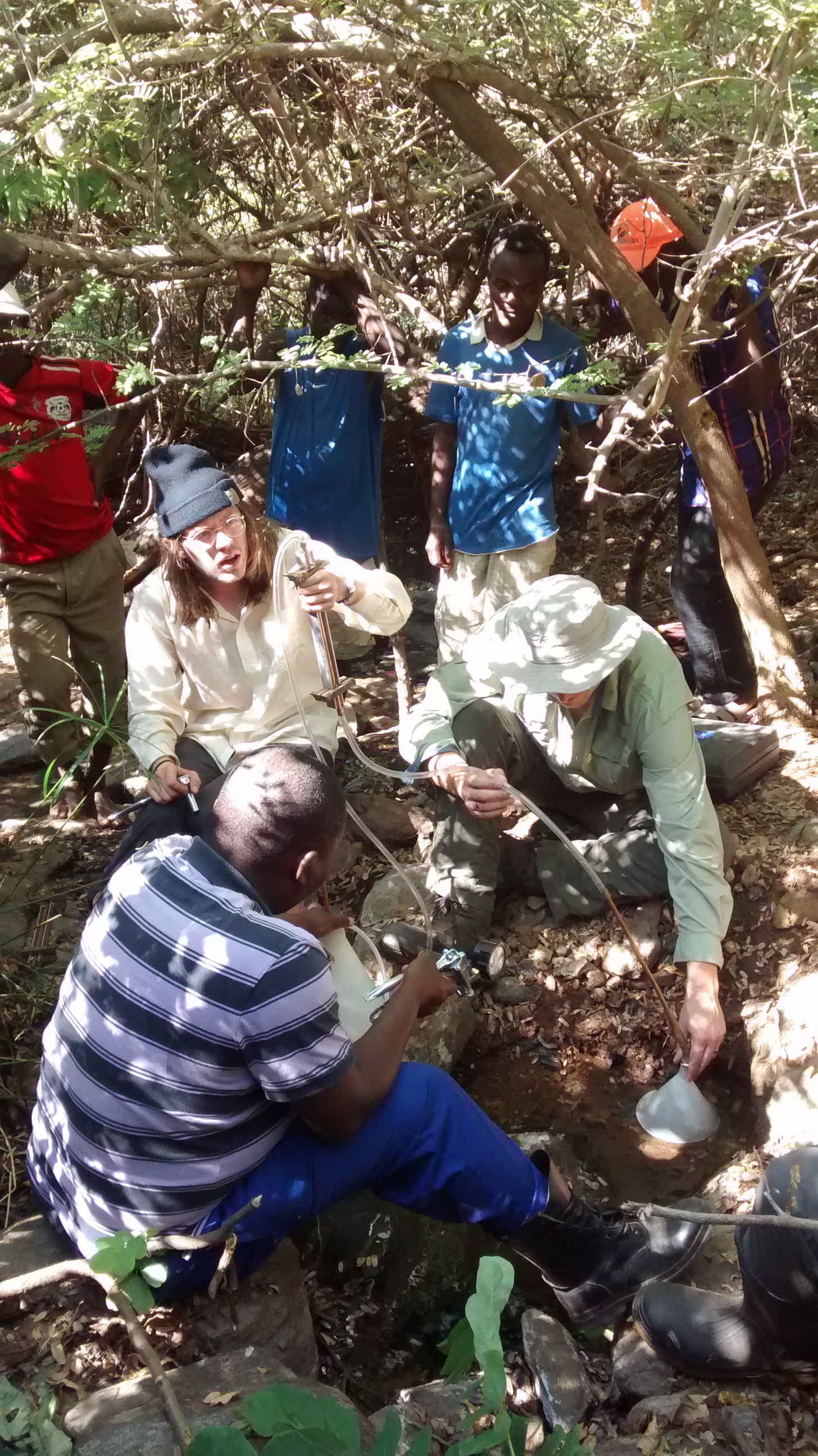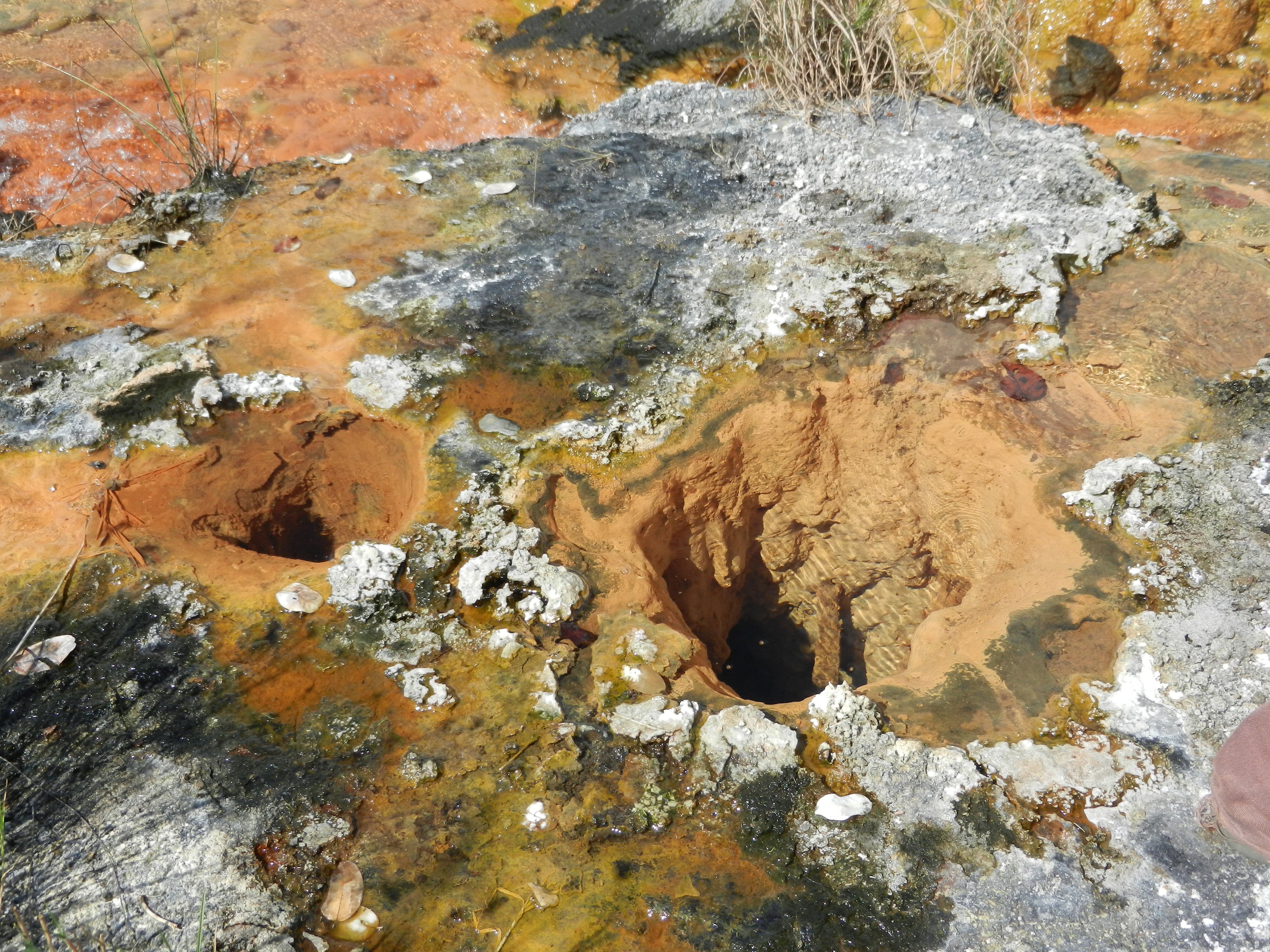
A total of 51 high temperature (30 to 87°C) hot spring localities have been sampled in Zambia (n=28), Botswana (n=1) and Malawi (n=20), resulting in the most extensive compilation of helium ratios from hot spring gases in these countries. 3He/4He ratios in the gases range from0.008 to 2.65 (+/- 0.03) times atmosphere (RA). Neon abundances and isotope ratios were also measured to rule out the role of atmospheric mixing. Of the 51 hot springs, 29 have 3He/4He <0.1 RA, consistent with helium signatures of old continental crust. An additional, 14 samples have helium isotope values between 0.2 and 0.1 RA, which likely indicate slightly higher signatures of continental crust in the region. However, 8 hot springs have 3He/4He >0.3, perhaps indicating the presence of a magmatic source at depth.

There is no simple north-south gradient in helium isotope compositions observed along either Malawi Rift or the Luangwa Rift in Zambia. The highest 3He/4He are observed in two hot springs in northern Malawi (~3 RA), with the second highest values (1–1.4 RA) occurring in two springs at the southern tip of the Malawi Rift. These hot spring gases require at least 35% and 20% mantle helium, respectively, assuming two component mixing of a continental source (3He/4He of 0.002 Ra) and a depleted upper mantle asthenosphere 3He/4He of ~8 RA. Slightly elevated values (0.2–1 RA) are observed in southern Malawi, and in northern Botswana and northeastern Zambia, where there is no surficial expression of rifting. The highest 3He/4He values in northern Malawi correlate well with areas of thinner continental crust, as inferred from gravity and seismic studies. Although the 3He/4He values are lower than hot springs gases in Tanzania, where there are active volcanoes, they indicate a mantle component is present during incipient continental rifting.